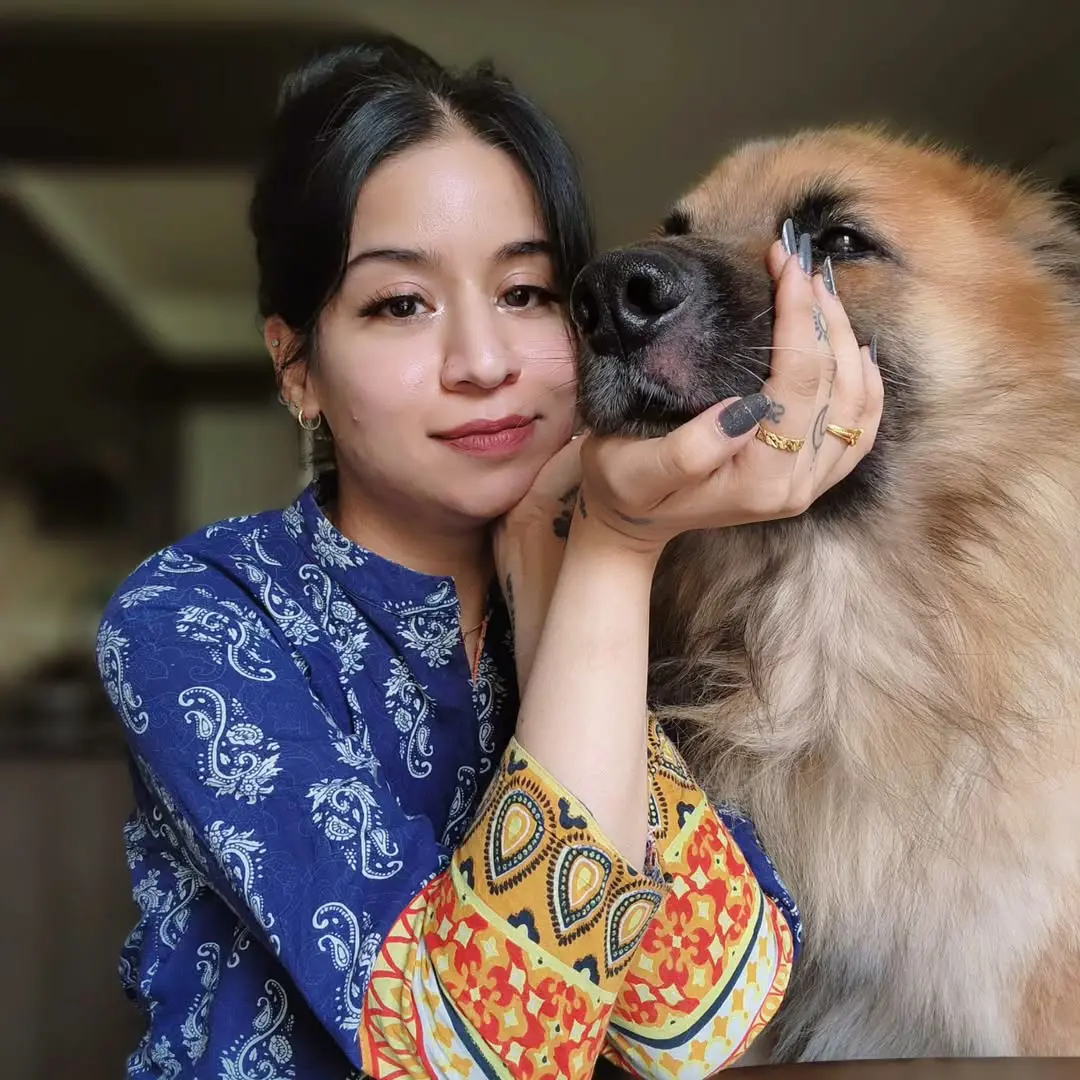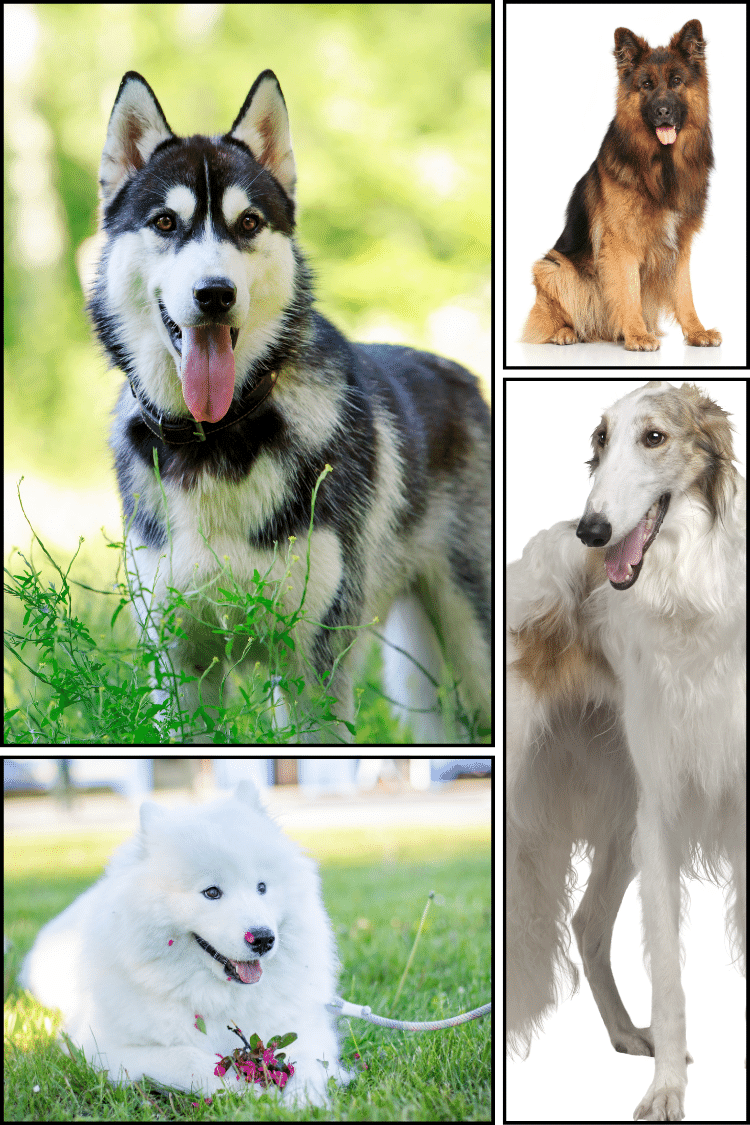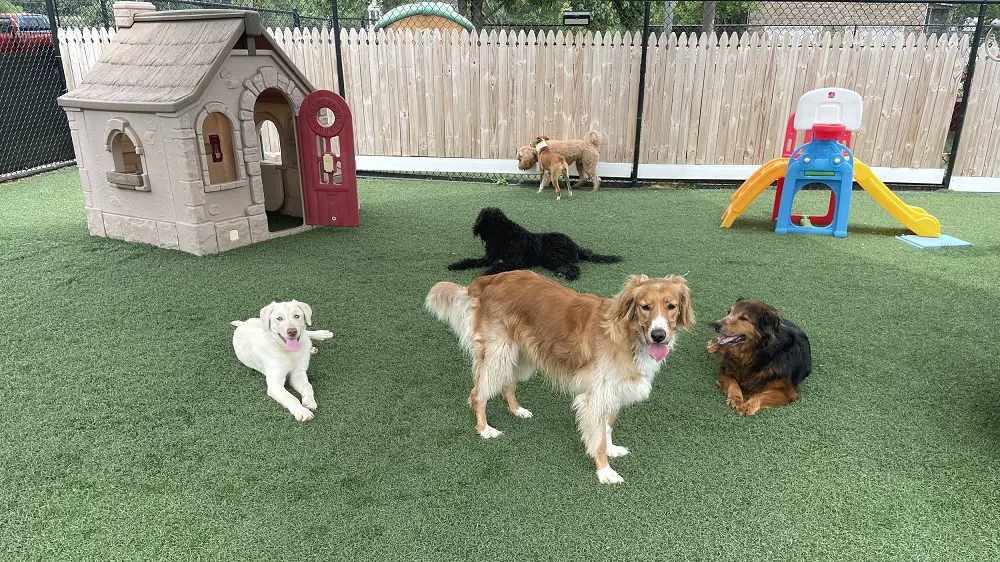Cardigan Welsh Corgi Dog Breed Profile And Characteristics
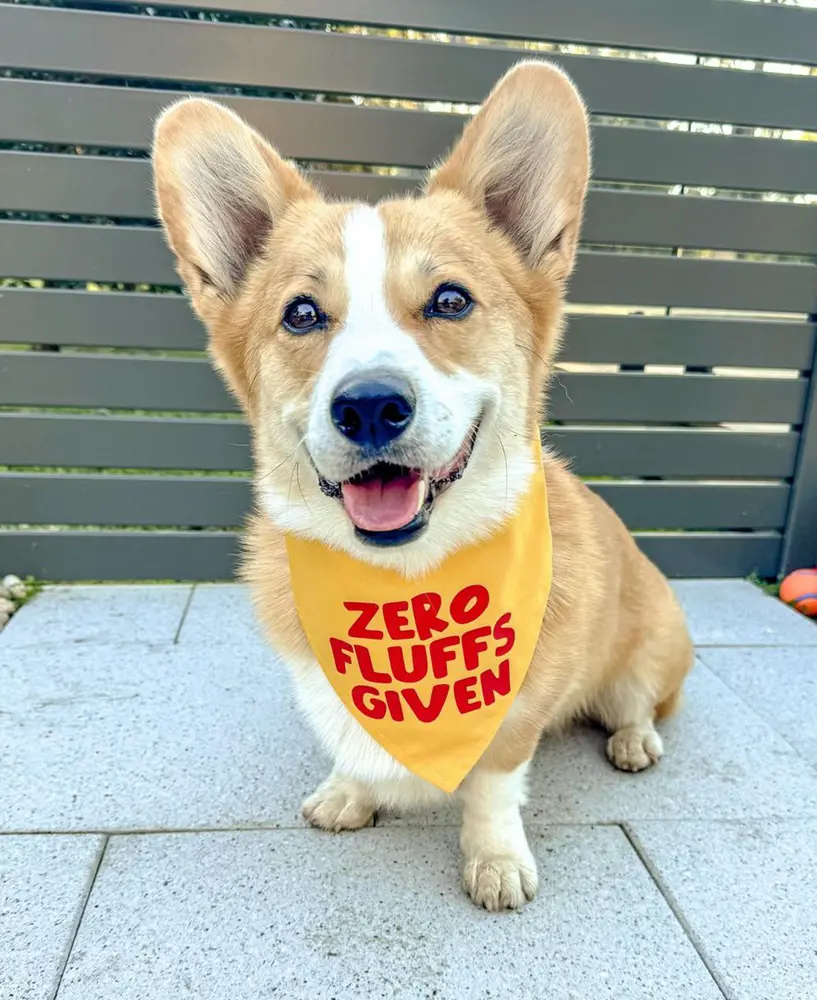
Planning on adopting a Cardinal Welsh Corgi? These little pups can be the perfect pet companion to any household, even in homes with an existing pet.
Further, their tiny size and affectionate nature make them practically harmless. They adapt well to new environment and get along well with small children. Blessed with protective instincts, Corgis don't just act as friends but also selflessly guard their families.
If you want to learn more about this breed, continue below!
History And Origin
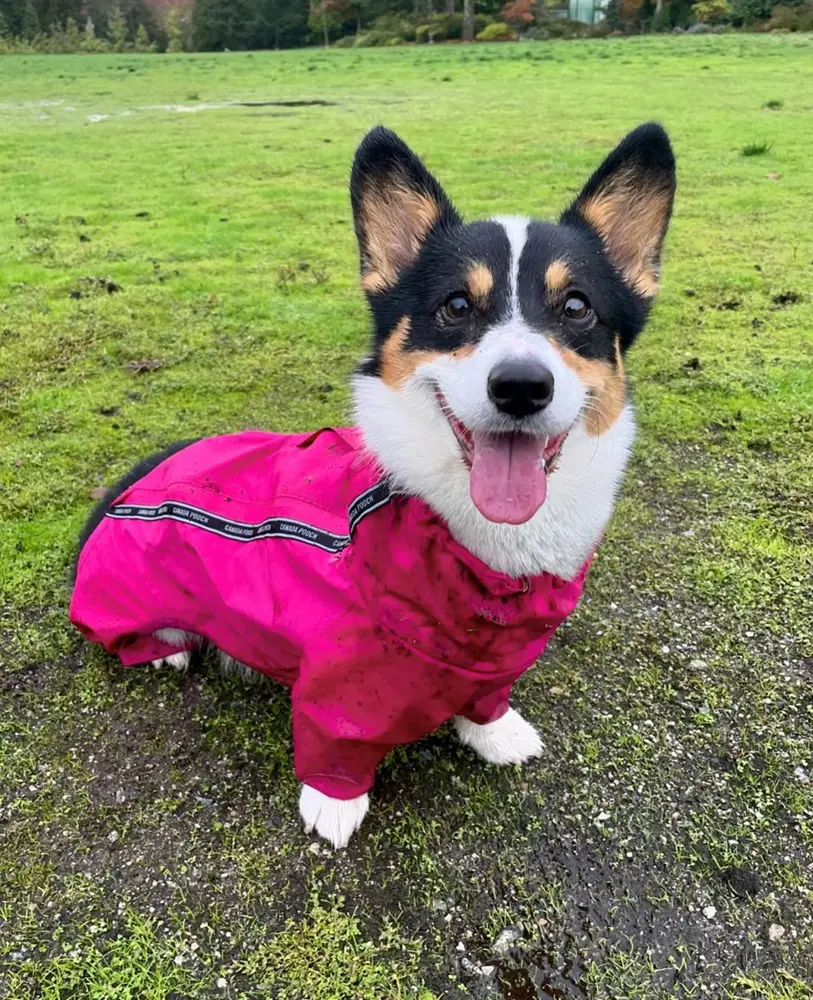
One of the oldest dog breeds in the UK, the Cardigan Welsh Corgi was first bred over 3,000 years ago in the rugged hills of Cardiganshire, Wales. Its ancestors were likely brought to Wales by the Celts, who migrated from Central Europe. These early dogs were crossbred with local herding dogs, creating a sturdy, low-slung breed adept at herding cattle and driving them to market. The Cardigan's lineage includes Swedish Vallhund, which contributes to its characteristic long body and short legs.
Originally bred for herding and guarding livestock, the Cardigan Welsh Corgi became popular due to its intelligence, agility, and strong work ethic. Over time, as farming practices evolved and the need for herding dogs diminished, Cardigan transitioned from a working dog to a beloved household pet. Its friendly disposition, loyalty, and adaptability made it an ideal companion, leading to its current status as a cherished family dog.
Cardigan Welsh Corgi Appearance

- Height: 10.5-12.5 inches (At the Shoulder)
- Weight: 25-38 lbs. (11-17 kg)
- Coat Colors: Brindle, Sable, Black and White, Blue Merle, Red and White
Known for its small but sturdy build, the Cardigan dog breed This unique appearance is a result of its dwarfism, a trait selectively bred into the Corgi to keep it low to the ground. The low stature allows the pooch to easily weave through the legs of cattle, nipping at their heels to herd them effectively.
Eyes
The Corgi's eyes are one of its most expressive features, often described as bright and alert. They are medium-sized, oval in shape, and set well apart.
Further, the color of the eyes typically corresponds with the coat. Available colors include dark brown in most coat colors to blue or partly blue in merle-coated Cardigans.
Ears
Corgis have large and upright ears that are slightly rounded at the tips. Set fairly high on the head, these ears are proportionate to the dog’s overall size and are a key characteristic of the breed.
Their upright position allows the Corgi to hear exceptionally well, which was essential for its original role as a herding dog.
Head
The Welsh breed boasts a fox-like and well-proportioned head. They have a broad, flat skull that gently tapers toward a moderately long muzzle.
The muzzle itself is strong, ending in a black nose, with the jaws meeting in a firm, scissor bite. Meanwhile, the transition from the forehead to the muzzle is well-defined but not overly pronounced. This head structure gives the Corgi a balanced and sturdy appearance, reflecting its herding heritage.
Limbs
Proportional to its size, the Welsh Cardigan Corgi has short but powerful legs. The forelegs are slightly bowed, with strong, well-muscled shoulders that allow the dog to move with agility and endurance despite its short stature. This unique structure helped the Corgi excel as a herding dog as it allowed the dog to stay low to the ground and dodge the kicks of cattle.
Similarly, their well-angulated hind legs provide strong propulsion for movement. The Cardigan’s paws are round and compact, with thick pads that offer stability and traction on various terrains.
Temperament And Personality

Corgis are social creatures that love human companionship. While they can handle a few hours of isolation, these pups should not be left alone for more than 4 hours.
Additionally, the Corgi's personality makes it a beloved house pet, especially for families with young kids. Here are some of the major personality traits you should consider before adopting a Cardigan Welsh Corgi.
1. Intelligent
The Cardigan Welsh dog boasts a keen ability to understand and respond to commands quickly. This trait stems from its history as a herding dog, where it needed to make swift decisions while managing livestock.
Additionally, their intelligence makes them highly trainable and eager to learn new tasks, which can be both a blessing and a challenge for owners. A Cardigan will often pick up on cues and routines, sometimes even anticipating what you want before you ask. However, their sharp mind also requires consistent mental stimulation, as they can become bored and develop undesirable behaviors if not kept engaged.
2. Loyal
Loyalty is a hallmark of the Corgi's personality. These dogs form deep bonds with their owners and are known for their strong devotion to their families. This trait makes them excellent companions who thrive on human interaction and are often happiest when they’re close to their loved ones.
A Cardigan's loyalty can also make them protective, sometimes exhibiting a watchful or even slightly wary attitude towards strangers until they’re sure there’s no threat.
3. Alert
Naturally vigilant, the breed is excellent at detecting unusual noises or movements. Their sharp senses and quick reactions were crucial in their original role, helping them guard livestock and homes. As pets, this alert nature means they can be good watchdogs.
While their alertness is a valuable trait, it can also mean they are prone to barking if not properly trained.
4. Independent
Despite their loyal and affectionate nature, the Cardigan Welsh Corgi possesses a streak of independence. This aspect reflects their working dog background, where they often had to make decisions on their own while herding livestock. As a result, they can be quite self-reliant and may show a degree of stubbornness, especially if they think they know better.
This independence requires owners to be consistent with training as Corgis might occasionally challenge commands or take their own initiative.
5. Affectionate
These dogs enjoy being close to their family members and often seek out attention and cuddles. This affectionate demeanor makes them excellent companions, especially in households where they can be an integral part of the family. They are known to be particularly gentle and loving with children.
This affectionate nature also means they thrive on positive reinforcement and are eager to please their owners. However, their strong attachment also means they don’t do well when left alone for long periods.
Cardigan Welsh Corgi Care
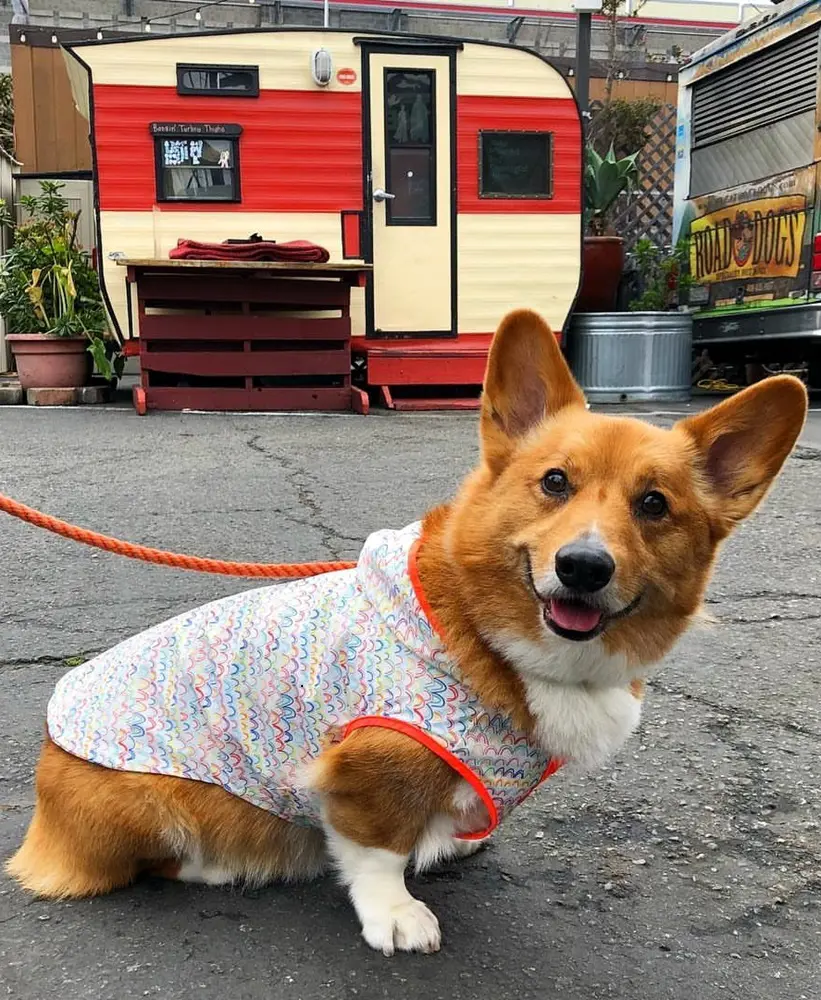
Corgis are normally considered low-maintenance dogs due to their fewer care needs, compared to some other breeds. They still require occasional care to remain happy and healthy.
Caring for a Corgi involves regular grooming, daily exercise, training, and occasional vet visits. If properly taken care of, these dogs can live healthily for up to 15 years.
Grooming
The Welsh breed features a double coat (a soft undercoat and a coarser outer coat) that sheds regularly. Regular grooming helps manage shedding, prevents matting, and keeps their skin healthy. Brush them at least once or twice a week, with more frequent brushing during seasonal shedding periods. This routine not only reduces loose hair around the house but also distributes natural oils.
Similarly, bathe them every 6 to 8 weeks, or as needed. Over-bathing can lead to dry skin and irritation, while under-bathing may result in a dirty, unhealthy coat. Use a mild dog shampoo that is specifically formulated for dogs to maintain their skin’s natural balance. Avoid human shampoos, as they can be too harsh for a dog’s skin.
Proper grooming also includes regular nail trimming, ear cleaning, and dental care. Trimming the nails every few weeks prevents overgrowth and discomfort, while ear cleaning helps prevent infections.
Exercise
Despite their short legs, the Cardigan Welsh Corgi breed has a lot of stamina and a strong craving for physical activities. Daily walks are essential, with at least 30 to 60 minutes of exercise needed each day. This can include brisk walks, playtime in the yard, or even more structured activities like agility training.
In addition to physical exercise, Corgis also need mental stimulation to prevent boredom. Interactive toys, puzzle games, and obedience training sessions can help keep their minds sharp. Without adequate exercise and mental engagement, Cardigans may develop behavioral issues, such as excessive barking or destructive chewing.
Training
Begin training your pet as early as 8 weeks old. At this age, puppies are usually receptive to learning and can begin with basic commands and socialization.
Start with basic commands like “sit,” “stay,” and “come” as these can help in building their attention span and obedience. Use positive reinforcement techniques like treats, praise, and play to encourage learning. Consistency and short, engaging sessions are key to keeping their attention and enthusiasm.
As your Corgi masters basic commands, gradually introduce more complex tasks, such as “leave it,” “heel,” or tricks like “roll over” and “play dead.” Their intelligence and eagerness to please make them quick learners.
Veterinary Care
Take your Cardigan to the vet at least once a year for a routine check-up, even if they appear healthy. Regular vet visits are crucial for early detection of potential health issues. The vet normally performs a thorough physical examination, checking your dog’s weight, heart, lungs, eyes, ears, teeth, and overall body condition.
They may also administer vaccinations, perform blood tests, and check for parasites like fleas, ticks, and worms. These visits help monitor your dog’s health, catch problems early, and update necessary vaccinations.
Challenges With Cardinal Welsh Corgi
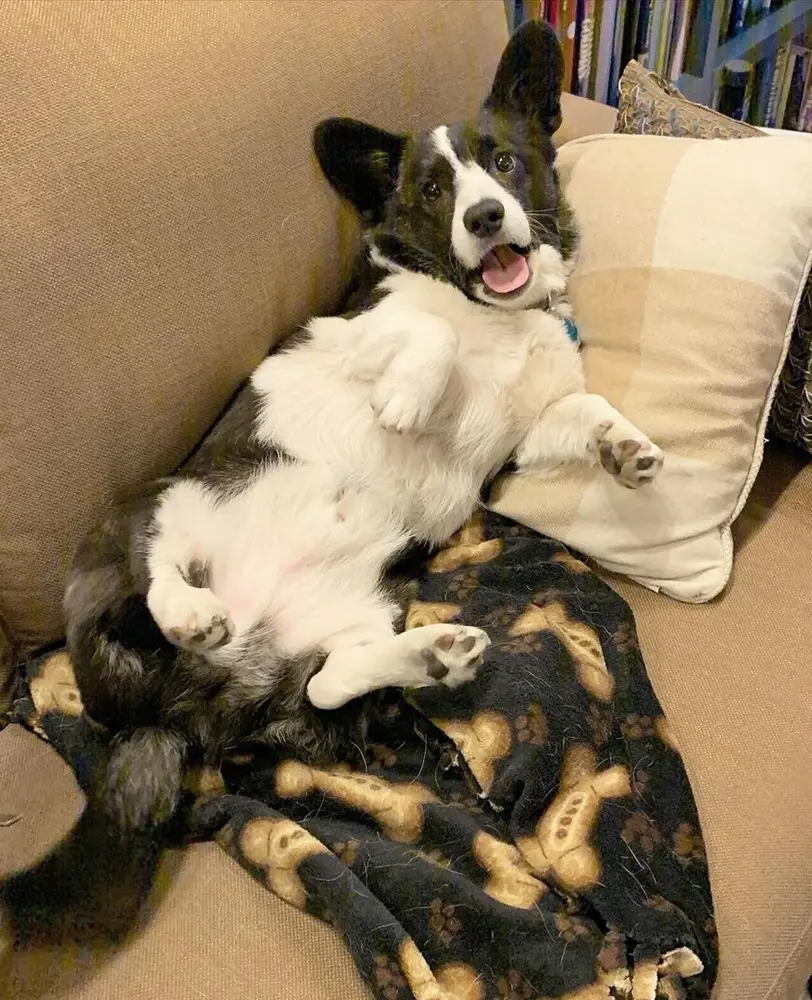
Like all dog breeds, Corgis are not perfect creatures. They come with their unique imperfection that makes them more lovable. Often, common challenges with this breed are related to its shedding habits, health, and other factors that affect its well-being.
1. Shedding
Cardigans shed heavily, especially during seasonal changes. This causes a significant risk for owners prone to allergies. The breed has a dense double coat designed for protection against various weather conditions. This coat naturally sheds year-round, with increased shedding during spring and fall as they prepare for warmer or cooler weather.
Look for a shampoo formulated specifically for shedding control, such as one containing omega fatty acids, vitamins, and natural ingredients like aloe vera or oatmeal. These ingredients help nourish the skin and coat, strengthening hair follicles.
Besides a quality shampoo, consider using a conditioner or leave-in spray that moisturizes the coat, preventing dryness and breakage. Regular use of a deshedding tool or brush during grooming can further minimize loose hair.
2. Stubbornness
Bred to be independent, these dogs can often turn stubborn and refuse to follow commands. Their independent nature is a trait from their herding background, where they needed to make decisions on their own while working with livestock. This independence can sometimes translate into stubbornness when they believe they know best or when they are not sufficiently motivated.
To avoid this, positive reinforcement is key. Start training early, around 8 weeks old, and use treats, praise, and play to motivate them. Keeping training sessions short and fun can help maintain their interest and prevent frustration. Socialization with other dogs and people also helps them learn appropriate behavior.
3. Tendency to Bark
The Cardigan Welsh Corgi dog is naturally alert and tends to bark frequently. The breed is naturally vigilant and will bark to alert its owners of any perceived threat or unusual activity. This instinctual behavior can persist in a household setting, leading to excessive barking if not properly addressed.
Teach your Corgi commands like “quiet” or “enough” to control excessive barking. Providing them with sufficient exercise and mental stimulation can also reduce boredom-related barking.
4. Weight Gain
Corgis are more prone to weight gain than most other breeds. These dogs have a large appetite and a short stature; this combination is a recipe for disaster. Their love for food and treats can make it challenging to keep their weight in check.
To combat this issue, provide a balanced, portion-controlled diet appropriate for their size and activity level. Avoid overfeeding and be mindful of treats, opting for healthy, low-calorie options. Regular exercise is crucial to maintaining a healthy weight.
5. Health Problems
Health issues like hip dysplasia, intervertebral disc disease (IVDD), and progressive retinal atrophy (PRA) arise as these dogs start to age. Hip dysplasia and IVDD are joint and spinal conditions that can lead to pain and mobility issues, while PRA is an eye condition that can cause gradual vision loss.
For eye health, routine eye exams and monitoring for any signs of vision changes are important. Additionally, responsible breeding practices can reduce the risk of inherited conditions. Also, maintain a healthy weight through a balanced diet and regular exercise to prevent joint and spinal issues.
Top Lists
